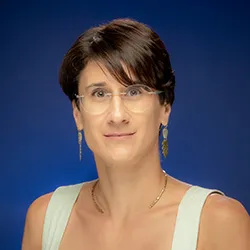
Lua Lopez Perez
Contact
Bio
I am a broadly trained evolutionary ecologist with a PhD in Conservation Genetics from University of A Coruña (Spain) and, four-year postdoc experience in evolutionary biology and ancient genomics (Heidelberg University - Germany and Pennsylvania State University). Moreover, for two years I held a research assistant professor at Binghamton University (SUNY) where I designed and taught the Ecological Genetics research stream for the Freshman Research Immersion program. Currently, I am an assistant professor at the biology department at California State San Bernardino as well as the CSUSB herbarium curator.
Courses/Teaching
BIOL 3700 - Evolution
BIOL 5260 - Genomics
BIOL 3880 - Ecology and Evolution of Invasive Species
BIOL 3950 - Marine Biology
Research and Teaching Interests
My research focuses on understanding how surrounding ecological environments have evolutionary consequences for organisms and especially eco-evolutionary dynamics, i.e. reciprocal interactions between ecology and evolutionary processes. Because even macroevolutionary dynamics are the long-term result of short-term ecological interactions. To do so, I use a multidisciplinary approach which includes ancient and modern genomics, transcriptomics, ecophysiology and field ecology. The results obtained from my research have practical implications as designing management plans for threatened species and developing control strategies for invasive species. I investigate these topics combining classical field techniques, such as common garden experiments and reciprocal transplants, with the new “omics” and recent bioinformatics developments.
As mentioned, research is not my only driver and I am passionate about and committed to teaching and scientific communication. As an educator, I am dedicated to promote critical thinking and curiosity in the new generations. To do so, in my classes I apply active learning techniques, as project based learning and backwards design. These tools help me to promote deeper thinking than traditional formats and allow me to implement teamwork and diversity values in my classes. In addition, in my experience these teaching techniques help underrepresented groups in STEM such as women to gain confidence though discussion and hands-on sessions. Finally, my commitment to promoting science extends to non-campus environments and I often team with local museums and associations in public science initiatives.